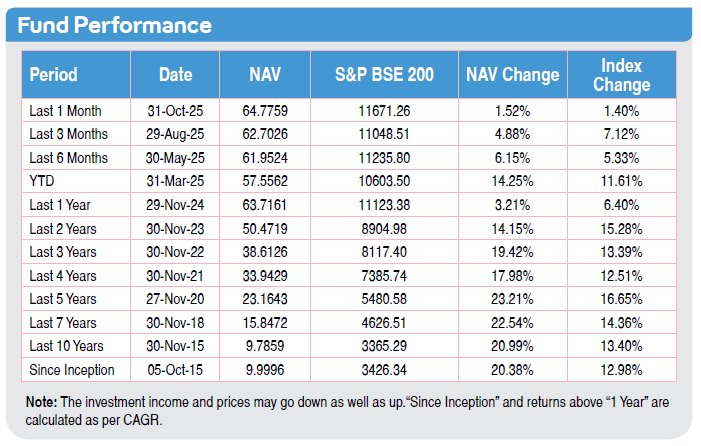Low-risk investments provide reasonable and consistent returns over the investment tenure and are not drastically affected by market conditions. Therefore, bears less risk compared to high-risk and medium-risk investments.
Debt Mutual Funds
A debt fund is a mutual fund that will invest your money in fixed-income instruments such as corporate debt securities, money market instruments, and corporate and Government bonds. They are less volatile, provide stable returns and are highly liquid.
Money market instruments
Money market financial instruments are low-risk investments with an investment tenure of less than a year. The Government and companies use it to raise short-term debt for their financial needs. They are listed on both the NSE and BSE.
Some of the common money market instruments are commercial papers, treasury bills, certificates of deposits, etc. The RBI revises the interest rates, and as the maturity is less than a year, the risk is comparatively lower.
Gold
Gold is considered a beneficial investment as it protects against inflation, is easy to buy and sell, and has a stable price. It has been increasing in value over recent years. As an alternative to possessing physical gold, you can invest in the Sovereign Gold Bonds issued by the RBI. At maturity, you can redeem these bonds and receive the cash benefit.
Real Estate
Real estate is another investment option that ensures value appreciation over the long term if invested in the right property. In addition, you can ascertain sufficient cash flow through a regular rental income. It is a safe investment option as its value does not fluctuate frequently based on financial market conditions.
Fixed Maturity Plan (FMP)
It is a debt fund instrument that invests the amount in fixed income instruments such as bonds, certificates of deposits, etc., to ensure consistent returns over the investment period. It has a fixed tenure and minimum exposure to interest rate risks.
Public Provident Fund (PPF)
PPF is a long-term investment plan introduced by the Government. The investors have to deposit a certain amount regularly into the PPF account. The investment amount will earn interest over the investment period. The accumulated fund and the interests earned will be provided as the maturity benefit at the end of the policy tenure. The lock-in period for the investment is 15 years. The current interest rate is 7.1%.
National Pension Scheme (NPS)
The NPS is a pension scheme introduced by the Government for Central and State Government employees and employees in the organised and unorganised sectors. The contribution is 10% of the salary for other employees and 14% for Government employees.
The contribution to this scheme has to be made by the employees and the employers equally. The contribution made to the NPS is invested in financial securities and provides market-linked returns2 at maturity. As the NPS is customisable, it is considered one of the low-risk, high-return investments.
When you retire, you can withdraw up to 60% of the accumulated fund. The remaining 40% of the fund should be invested in an annuity plan for a monthly income after retirement.
Senior Citizens Savings Scheme (SCSS)
Senior Citizens Savings Scheme is an investment plan for senior citizens who want to invest their retirement funds. The interest earned from the SCSS will be credited to your savings account maintained at the post office. The lock-in period is 5 years. The investment period can be extended for 3 years. The minimum and maximum investments applicable are ₹1000 and ₹1.5 Lakh. The current interest rate is 7.4%.
Sukanya Samriddhi Yojana (SSY)
The Sukanya Samriddhi Yojana is a suitable investment plan to secure the life of your girl children. You can open it for up to two of your girl children who are less than 10 years old.
The investment period is 21 years from the date of opening the account or after she attains the age of 18 when the girl child gets married. However, you will have to contribute to the account for 15 years. The current interest rate is 7.6%.
National Savings Certificate (NSC)
NSC is a scheme introduced by the Government that provides fixed returns. The interest is compounded annually and payable at the end of the policy tenure. The current interest rate is 6.8% per annum, and the lock-in period is 5 years.
Bank Fixed Deposit (FD)
Fixed Deposit can be a suitable investment plan for conservative investors. You can choose the investment amount, investment period, and interest payout frequency.
In addition, you can withdraw funds from the FDs before the maturity date, obtain loans, and reinvest the interest earned to accumulate a huge fund at the end of the investment tenure. The interest rate ranges between 3% and 7.5%.
Bank Recurring Deposit (RD)
IIt is a bank term deposit that lets you make deposits regularly and earn returns on the same. It is a flexible investment option for those who do not have a lump sum for making long term investments.
Post Office Time Deposit
Post Office Time Deposits are similar to Fixed Deposits offered by banks. You can deposit a certain amount for short or medium terms, such as between 1 and 5 years, to earn interest on the same. It can provide interests higher than that of bank FDs.

 FOR EXISTING POLICY
FOR EXISTING POLICY  1860 266 9966
1860 266 9966
 FOR NEW POLICY
FOR NEW POLICY 






















 Reviewed by
Reviewed by


















